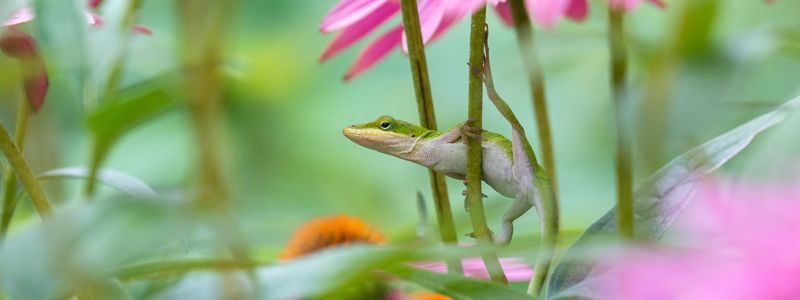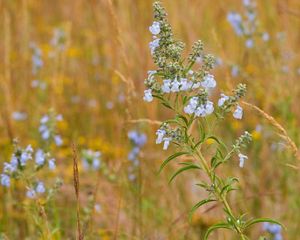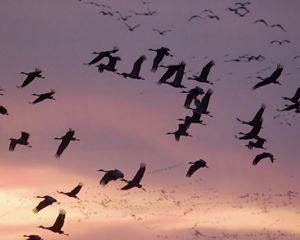Resilient and Connected: TNC Works with Partners on Upper Elkhorn Project
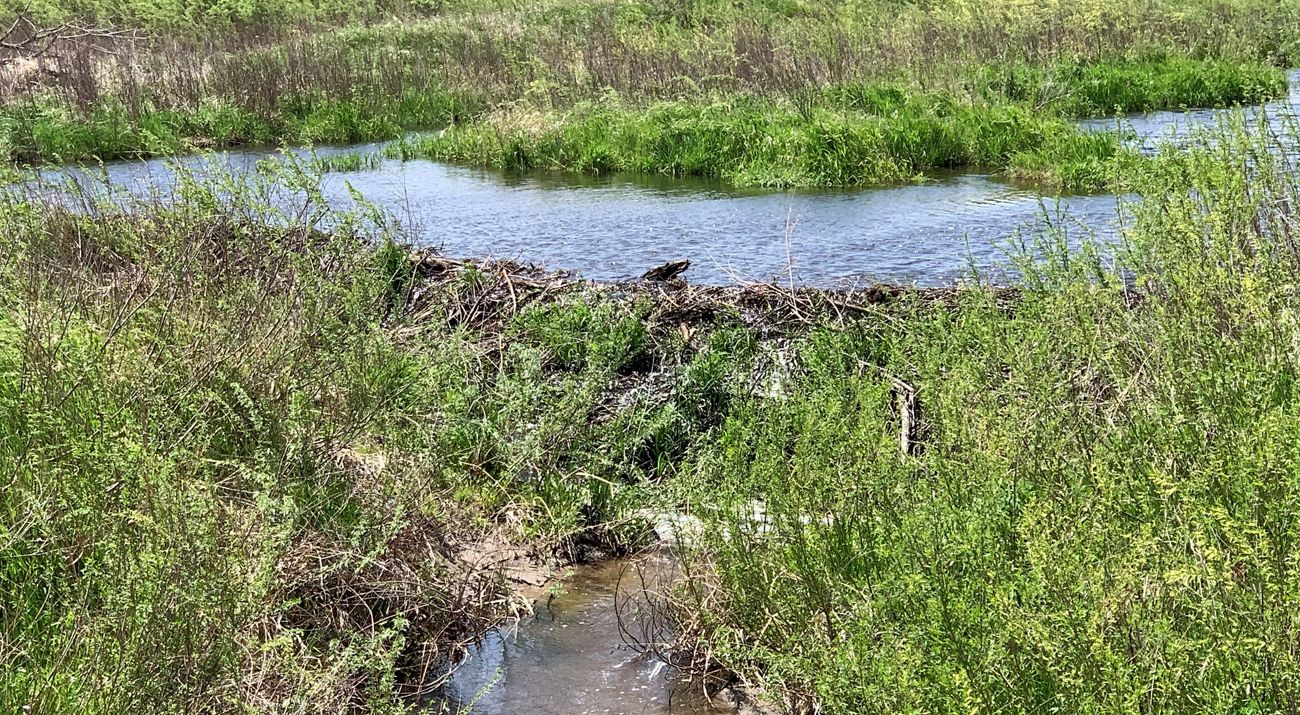
Earth's Most Intact Grasslands
As proud Nebraskans, we love to repeat that of all the temperate grasslands in all the countries in all the world, the Nebraska Sandhills are the most intact (Twidwell and Scholtz). In the past two years, TNC has expanded the scope of its work to help keep it that way.
The Upper Elkhorn
The Elkhorn River Headwaters on the eastern edge of the Sandhills includes large areas of Brown, Holt, and Rock counties. This area has a regionally high-water table and extensive wet meadows and shallow marshes. The South Fork and North Fork of the Elkhorn River headwater in the region.
Its meadows support the state’s largest populations of the federally and state threatened western prairie fringed orchid. It supports many grassland dependent birds that require large intact blocks of grasslands. The area is also habitat for several other federal and state listed species including the small white lady’s slipper orchid, American burying beetle, and whooping crane. Waterfowl and other waterbirds make extensive use of the region’s wetlands.

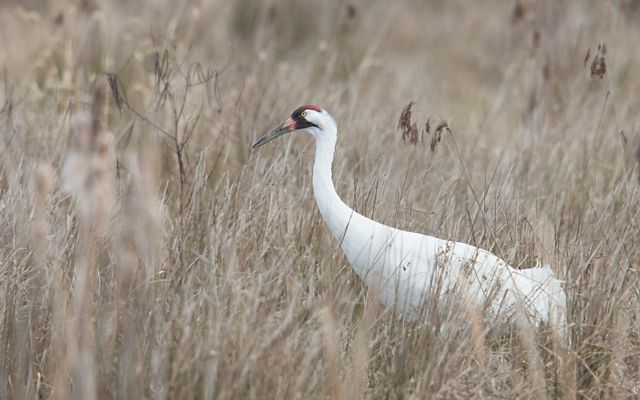
The Challenge
This area of the Sandhills has a higher rate of cropland conversion, wet meadow drainage and woody encroachment than any other.
The Solution
By protecting and enhancing existing grasslands through long-term management plans, easements, prescribed fire and whole ranch planning, we can help prevent fragmentation. Keeping grass “’green side up” also prevents additional carbon being released. These same programs assist landowners to stay on the land - keeping grass in grass - focusing on the economic, environmental, and social aspects of land protection and enhancement.
With funding from Union Pacific and the National Fish and Wildlife Foundation, TNC provides support for the work of Bethany Johnston, Livestock Systems Extension Educator at the University of Nebraska at Lincoln. Bethany covers Boyd, Holt, Garfield, Loup, and Wheeler counties. She is a rancher from the eastern Sandhills herself, where her family raises registered Angus cattle.
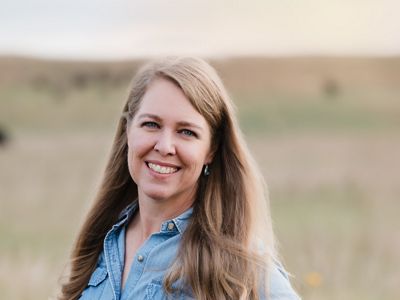
Bethany provides technical assistance to accelerate on-the-ground delivery and implementation of NRCS and Farm Bill conservation practices. She often works alongside Nebraska Game and Parks Commission, too. “Bethany’s experience and skill set is the perfect mix that is needed to work with partners and landowners on grassland improvements and protection,” said Rich Walters, Director of Conservation for the Nebraska program.
In the two years since the program was launched, Bethany and partners have helped write 63 ranch plans impacting 127,620 acres. 1,094 people have attended 19 educational events, and 8,975 acres were treated with prescribed fire.
Two years of progress
In the two years since the program was launched, Bethany and partners have helped with
-
63
Ranch plans
-
127,620
acres impacted.
-
1,094
Attendees.
-
19
Educational events.
-
8,975
Acres treated with prescribed fire.
Nature in Your Inbox
Stay up-to-date with the latest from The Nature Conservancy in Nebraska. Get a preview of our Nature News email here.
